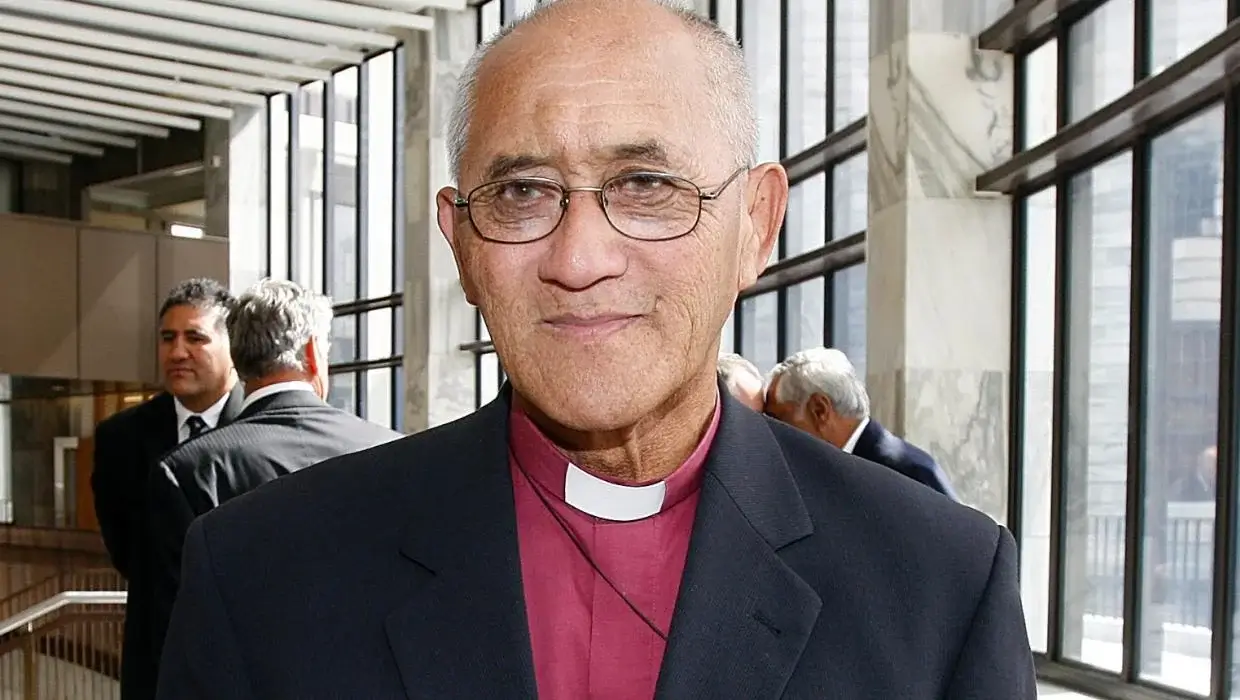It has been a difficult start to 2024 for Te Pīhopatanga o Aotearoa within weeks of the funeral of Bishop Richard Wallace retired Bishop Muru Walters (Te Aupouri, Te Rarawa) passed away on the 14th of February, aged 90 years old. Bishop Muru is the last of the first Māori Bishops to be ordained by the Bishop of Aotearoa, under the revised constitution.
Bishop Muru’s son John Walters shared how his father was a renaissance man and an enigma, a person who navigated relationships across all sorts of divides, not only between rugby players and avant garde artists in the 1950s, but between his Māori world and the conservative Pākehā academic establishment, and between the church and his more secular family and society.
Bishop Muru had an impressive career in education and arts. His gifts lead him to be selected for specialist art training at Dunedin Teacher’s College and his rugby talent also began to be noticed. Upon his return to the North Island he was part of movement of Māori art revitalization and chosen by carving tohunga Pine Taiapa to join in the revitalization of toi whakairo that lead the carving of numerous wharenui and whare across Aotearoa.
He married his wife Lorraine in 1958 in St Pauls Anglican Church, Kawakawa together they had John, Raewyn, Robin and Craig. He established the Dunedin Teacher’s College’s first Māori Department. founded the city’s Arai Te Uru Māori Culture club, composing haka and waiata for the group including the Selwyn College haka. Also while living in the south, Muru gained an MA in Anthropology from Otago University, where he looked at how differing cultural worldviews change the way human societies view the past; comparing the approach of a Pākehā archeological society in Whakatane, and the approach of Māori hapu from the same region.
After four years at St John’s, at the age of 53, Muru Walters was ordained deacon (in 1988), then priest (in 1989) going on to become the first Ahorangi (Māori Dean) of Te Rau Kahikatea, the Māori Theological College at St John’s College in Meadowbank. He was ordained Bishop (in 1992). In his kauhau Archbishop Don reflected on Bishop Muru’s ministry saying he saw the hardships and the ugly side of the world through an artists eyes and was burdened and blessed because he could see the beauty and potential that the world did not or would not see, as God sees the beauty in all creation.
